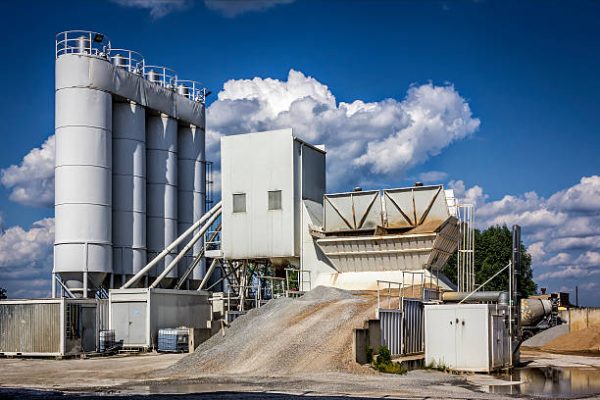Project Report For Cement plant
Introduction
Project report for Cement plant is as follows.
Cement is a binder, or chemical component, used in building that binds other materials by setting, hardening, and sticking to them. Cement is typically used in conjunction with sand and gravel (aggregate), rather than on its own.
Concrete is made by combining sand and gravel with cement, whereas mortar for brickwork is made by combining fine aggregate and cement. Concrete, the most used substance ever made, is the world’s second most used resource after water.
Construction cement is an inorganic material that is often based on lime or calcium silicate. Depending on how well it forms in the presence of water, it is classed as hydraulic or non-hydraulic lime plaster (see hydraulic and non-hydraulic lime plaster).
The dry materials and water in hydraulic cements, such as Portland cement, react chemically to set and become adhesive. Mineral hydrates, which are formed as a result of the chemical reaction and are not particularly water soluble, are quite durable in water and resistant to chemical attack.
This makes it possible to set in damp environments or under water and further shields the material against chemical attack. Using volcanic ash (pozzolana) and lime (calcium oxide), the ancient Romans discovered the chemical procedure for hydraulic cement.

Types of Cement Plant
Ordinary Portland Cement – The most popular type of cement, ordinary Portland cement, is appropriate for all types of general concrete building. With an annual global production of over 3.8 million cubic meters, it is the most widely produced and utilized type of cement. Any type of concrete construction can use this cement.
Portland Pozzolana Cement – Grinding pozzolanic clinker with Portland cement produces Portland pozzolana cement. It can also be made by mixing Portland cement and fine pozzolana thoroughly and uniformly, or by adding pozzolana along with gypsum or calcium sulphate.
In comparison to regular portland cement, this cement has a higher resistance to different chemical attacks on concrete, which accounts for its widespread use. It is used for pouring concrete underwater for bridges, piers, dams, and other large-scale construction projects as well as in sewage treatment facilities and marine constructions.
Market Potential Of Cement Plant
In 2022, the India cement market was worth $3,644.5 million tonnes. The market is expected to reach 4,832.6 million tonnes by 2028, with a compound annual growth rate (CAGR) of 4.94% between 2023 and 2028.
The demand for rowing in the construction of institutional buildings in the education and healthcare sectors is expected to boost the market in the next years.
The India cement industry is primarily driven by a significant increase in construction activities as a result of fast population growth and an increase in the demand for residential spaces. The construction of big infrastructure projects in the country, such as airports and highways, is also boosting industry growth. Furthermore, as environmental concerns have grown, so has the need for green buildings. As a result, sales of sustainable and green cement have increased since they reduce CO2 emissions generated during the manufacturing process.
The infrastructure and construction sectors in India have a lot of room for growth, and the cement industry stands to benefit substantially from it. Some recent initiatives, such as the creation of 98 smart cities, are projected to bring a considerable boost to the sector.
Project Report Sample On Cement Plant
Need Help?
Create 100% Bankable Project Report
